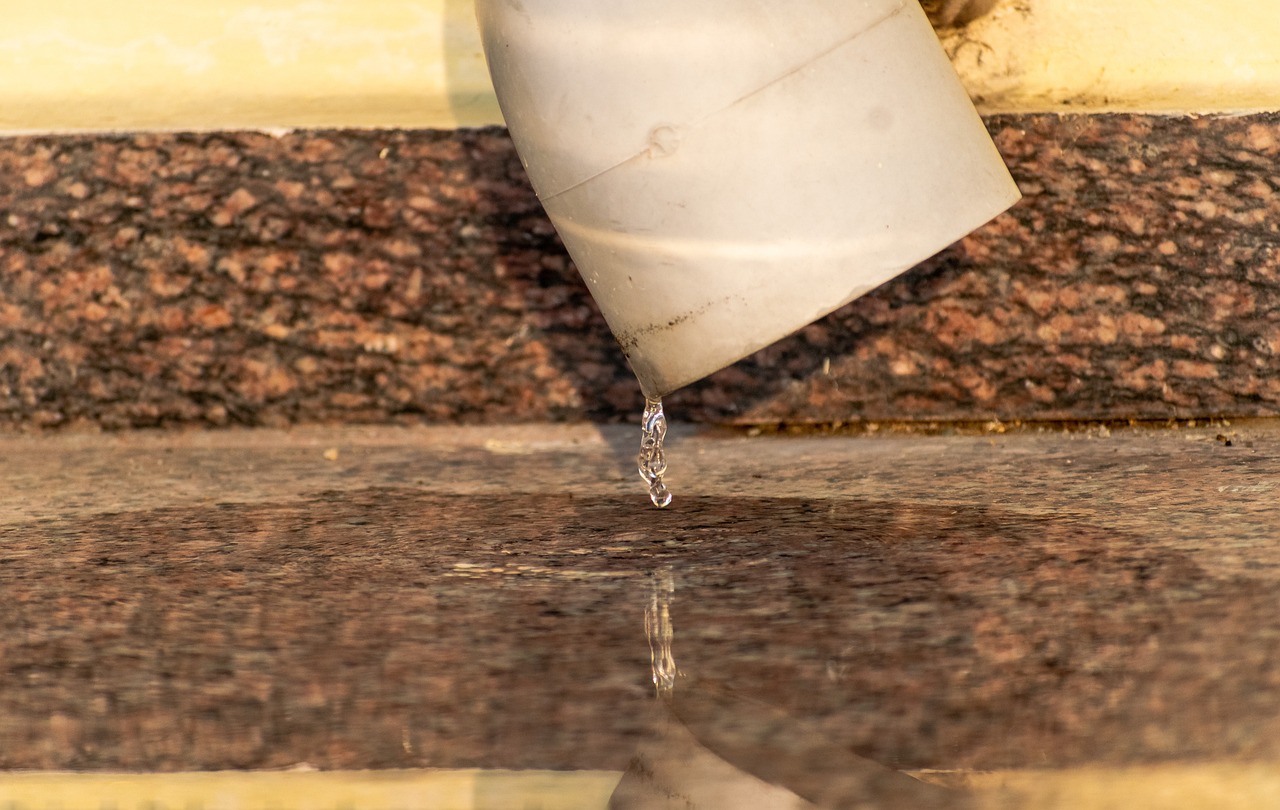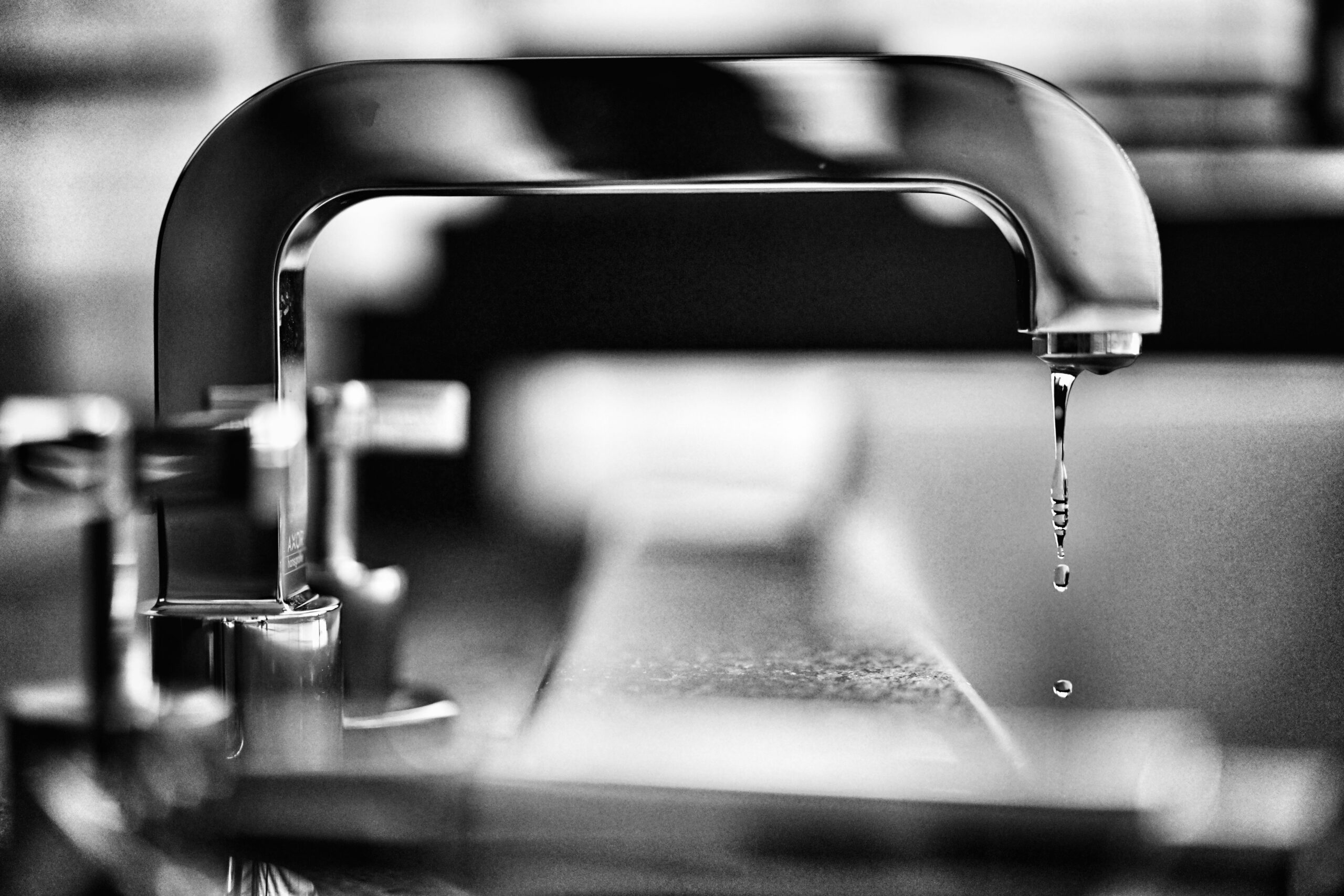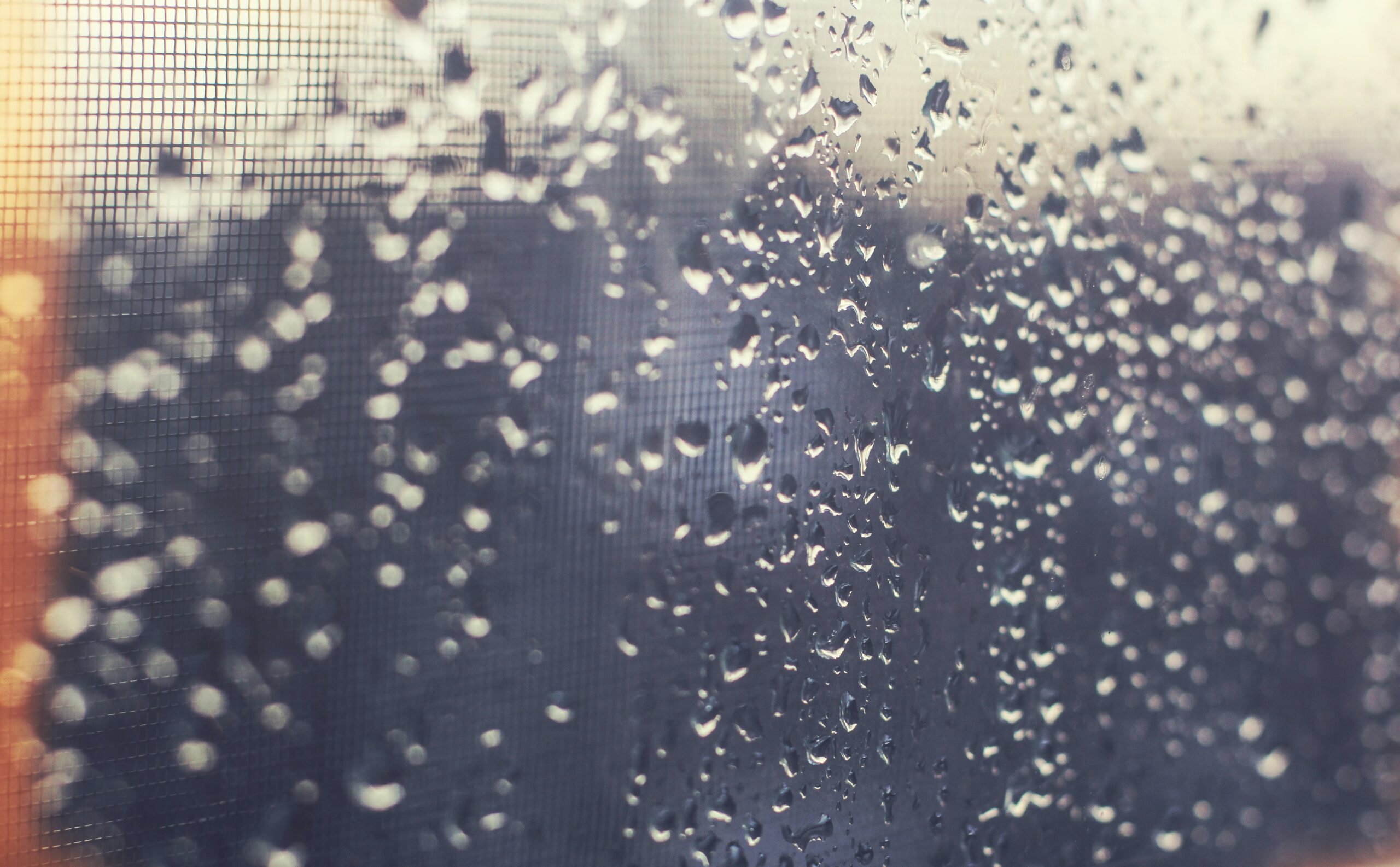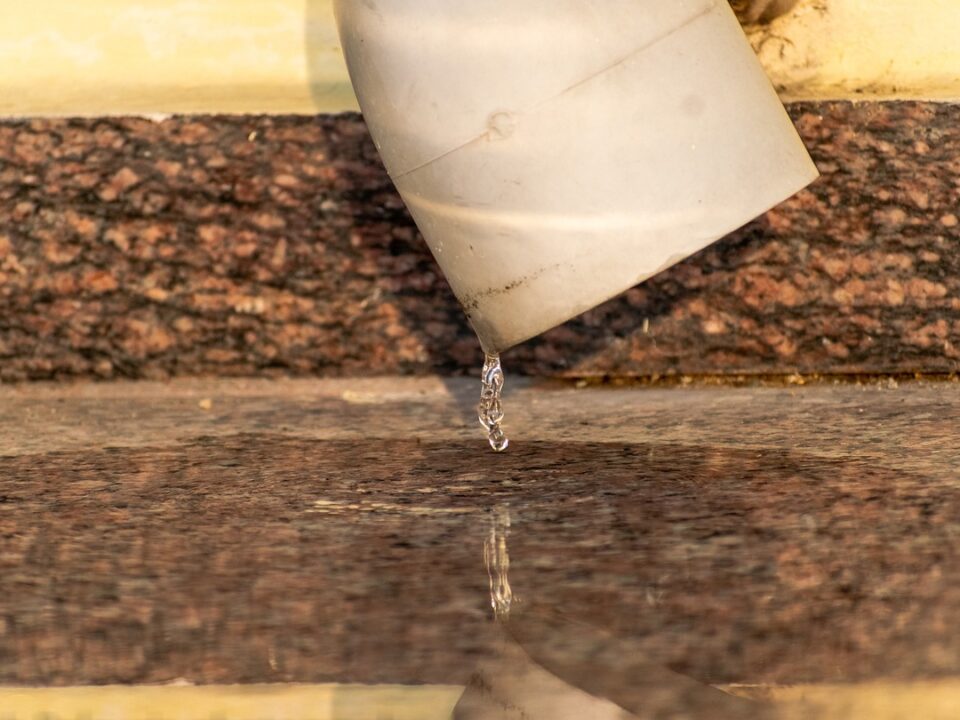
Damaged House Parts Caused by Water
January 8, 2024
Early Signs of Water Damage
January 8, 2024
Common Causes of Home Water Leaks
No homeowner wants to discover a water leak in their home. Whether you’ve spotted water leaking from your ceiling or water leaking through floor tiles, identifying the precise cause of the leak is critical. If left, water leaks can cause substantial damage and costly repairs. Not to mention the sewage clean-up often involved.
Spotting and fixing the damage, therefore, is our top priority. We’re certified experts in repair and water remediation. We specialize in major flooding damage and soaked ceilings, floors, walls, and more.
But ideally, you’ll avoid any significant damage by spotting the leak as soon as possible. That means knowing the most common causes of home water leaks, from leaks under kitchen sinks to clogged toilets.
Causes of home water leaks come in two broad categories:
- Leaks occur when an appliance or home fitting is damaged, resulting in a hole that begins to leak water – for example, a leak under the kitchen sink. Even a very small leak, when left undetected behind walls and other house structures can create a lot of damage. By the time the water damage seeps outside through the walls, ceiling, or floors, the damage has already gotten worse. To help minimize damage and repair cost, it is best to pay attention to some of the early signs of water damage that often appear as stains on the walls or ceiling. When these early signs are still not given proper attention and no mitigation of the damage is done, water can start to cause structural damage and weaken parts of the home that can make ceilings or walls suddenly collapse, then a large plumbing leak cleanup is also needed.
- Clogs, on the other hand, involve a blockage in an outflow pipe to your property. The water then backs up, causing flooding within your property. Clogs are the most likely to involve sewage clean-up, as the water is often contaminated.
Common Types of Leaks
Broken Pipe Water Damage
Broken pipes are perhaps the most common cause of household leaks. There are three primary causative factors: corrosion, damaged pipe joints, and excess water pressure.
Corrosion is inevitable, occurring due to high or low pH water levels. Eventually, a pinhole can form in the pipe, resulting in a water seepage leak.
Damaged pipe joints or faucet leaks occur at the weakest points in a line. Over time, these joints erode, leading to leaks. Such damage is often exacerbated or caused by excess water pressure, which results in strains in the piping.
Other potential causes of a broken pipe include intruding tree roots or rapid temperature changes.
Water Damage Under Sink
If you notice water flooding in your kitchen or bathroom, always look for a leak under the kitchen sink and bathroom sink for dripping water. This can be a bathroom or kitchen sink pipe leak and spotting such leaks can be difficult, as much of the piping and structure is buried in a wall or surrounded by tiles. Common causes of a leaking pipe under the kitchen sink or bathroom sink include holes in the water supply lines or worn-out caulking. It’s therefore important to inspect for any water damage under and around your sink. Leaks not detected right away could lead to more damaging water floods in cabinets that would require kitchen cabinet repair due to water damage.
Water Damage Due to Leaking Toilets
Toilets are most often associated with clogs (see below). However, they’re also a common cause of water leakage. Potential causes of toilet leaks include damaged flappers or faulty fill valves. To test if these are the cause of the leak, put food coloring in the tank and wait 20 minutes. If the food coloring appears in the bowl, your flapper and fill valves may be broken.
Toilets also have seals to keep the water moving down drains. If the seal is faulty, water leakage may go undetected for many months. This can behave as a toilet slow leak that is leaking at the base and will not show any water damage signs around it, but water is accumulating and starting to flood below the toilet.
It’s important to be mindful of such leaks, as a continuously running toilet can waste up to 200 gallons a day. So, not only will you need to pay for its repair, but also an exceedingly high water bill – not to mention any flooding damage or potential sewage clean-up.
Leaking Washing Machine Water Damage
There are numerous reasons a washing machine can start leaking. It can appear as obvious as your washer faucet leaking, but the details could point to a loose water supply valves or hoses, unsecured or clogged drain hose, damaged or disconnected internal water hoses, broken or disconnected drain pump, damaged tub cover gasket (in a top-loading washer), door boot seal (in a front-loading washer), malfunction water level switch, or faulty door catch.
Many of these causes are easy to spot – particularly those involving the door. You should be most careful of so-called ‘cryptic leaks’, meaning those occurring in pipes and valves behind the washing machine. These can cause substantial water damage before being identified.
Leaking Sewage Water Damage
Sewage leaks occur due to erosion or damage to your outflowing sewage line. Once the leak is sprung, it can take hours before you notice any damage. Dye tests are often used to pinpoint the source of the leak, as pipes and water service lines have been replaced, only to discover they are not the leak’s cause.
If you suspect a sewage leak, you should seek immediate help as exposure to sewer gas from nearby septic systems is potentially harmful to human health. Therefore, call in FAR’s expert team – we have the protective equipment to identify and fix any serious sewage leaks (and we’ll assist with sewage clean-up).
Common Causes of Clogs
Toilet Clogs Water Damage
Perhaps the most common cause of home water leaks from clogging. Clogged toilets can occur for many reasons, not just feces. Flushing tampons, sanitary pads, toys, wipes, ear swabs, hair, and more will clog your toilet. Your toilet is not a garbage can, and is not designed to flush substantial items.
Your flooded toilet will likely use an S-trap drain to prevent sewer gases from passing into your home. It is here where blockages most often occur. If water is unable to get passed, it will back up into your home. This will result not only in water spillage but also in a need for sewage clean-up.
Sewage Backup Water Damage
Sewage lines, running either to a municipal sewer system or a septic tank, are buried underground to protect against rain, sleet, snow, or freezing. However, sewer pipes are vulnerable to tree roots or compression. If compressed or blocked with debris, back pressure will push sewage into your home and when this happens, you do not only need to unclog your sewer but will also need a sewage backup cleanup. A sewage restoration company will not only handle the plumbing issue, but also the water damage that comes along with it.
The key difference between a blocked toilet and sewage backup is that the latter will affect all toilets and sinks.
Sewage backup can cause substantial water damage to a home and necessitate extensive sewage clean-up. If you discover a sewage backup, don’t panic. FAR is here to help. Our services are available 24/7. So, give us a call to stop water damage from spreading.
Plumbing Company or a Restoration Company
You do not necessarily need to contact a water damage restoration company for small new water leaks that just started and discovered right away, your local plumber should be able to handle it. What causes large water damage are suddenly appearing very large leaks causing water flooding, or undetected small, slow dripping leaks that has accumulated a large amount of water causing a lot of damage before it became noticeable. This is where you need an emergency plumber. And FAR has emergency plumbers for you anywhere in San Diego County, from the north (Escondido, Vista, Oceanside) to down south (Chula Vista, Bonita) and everywhere in between.




